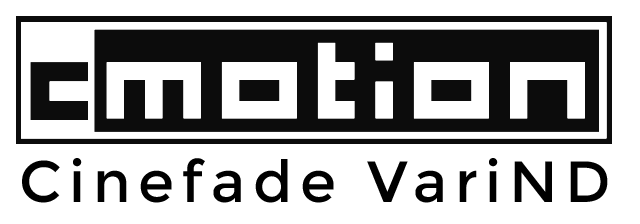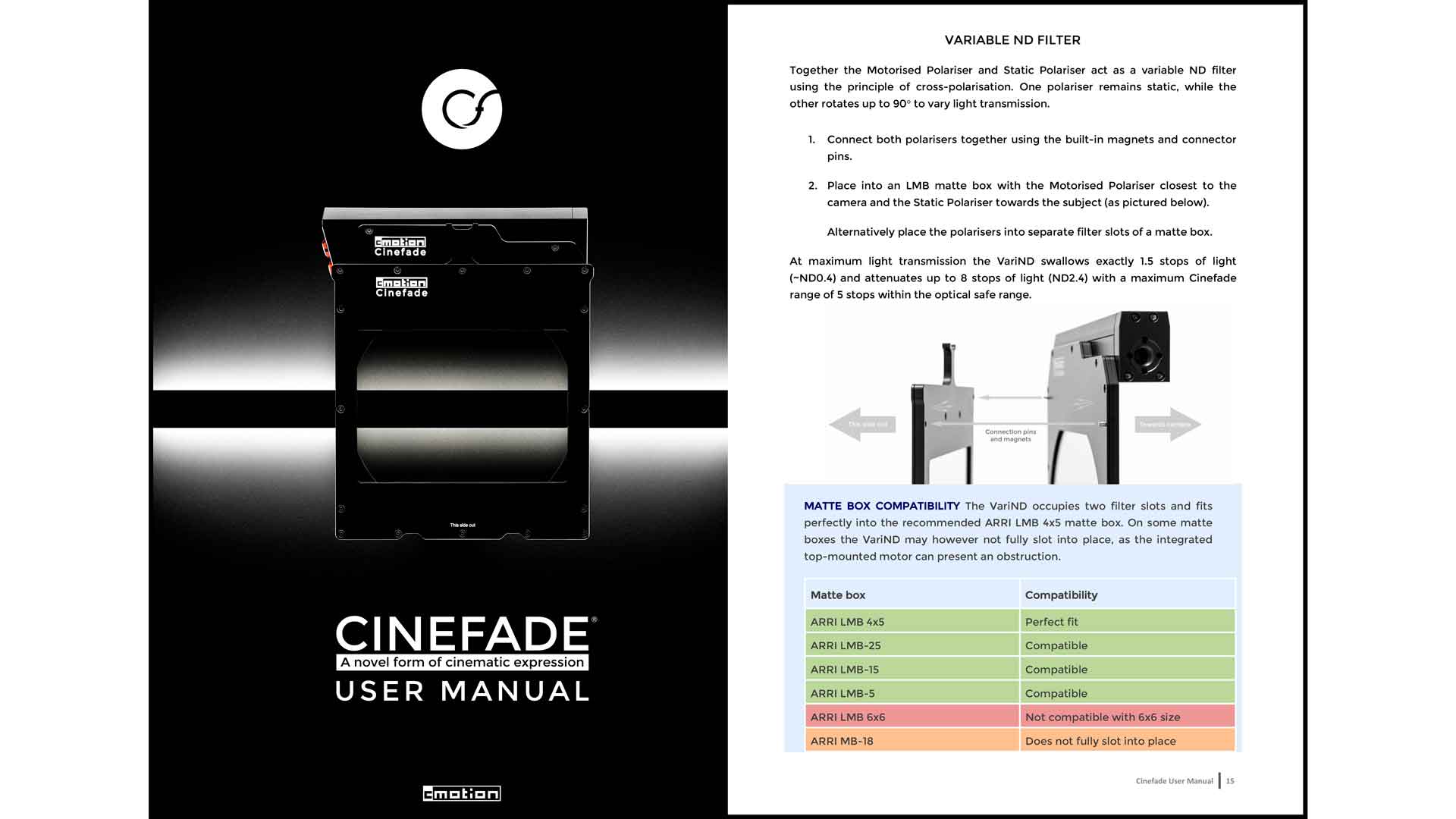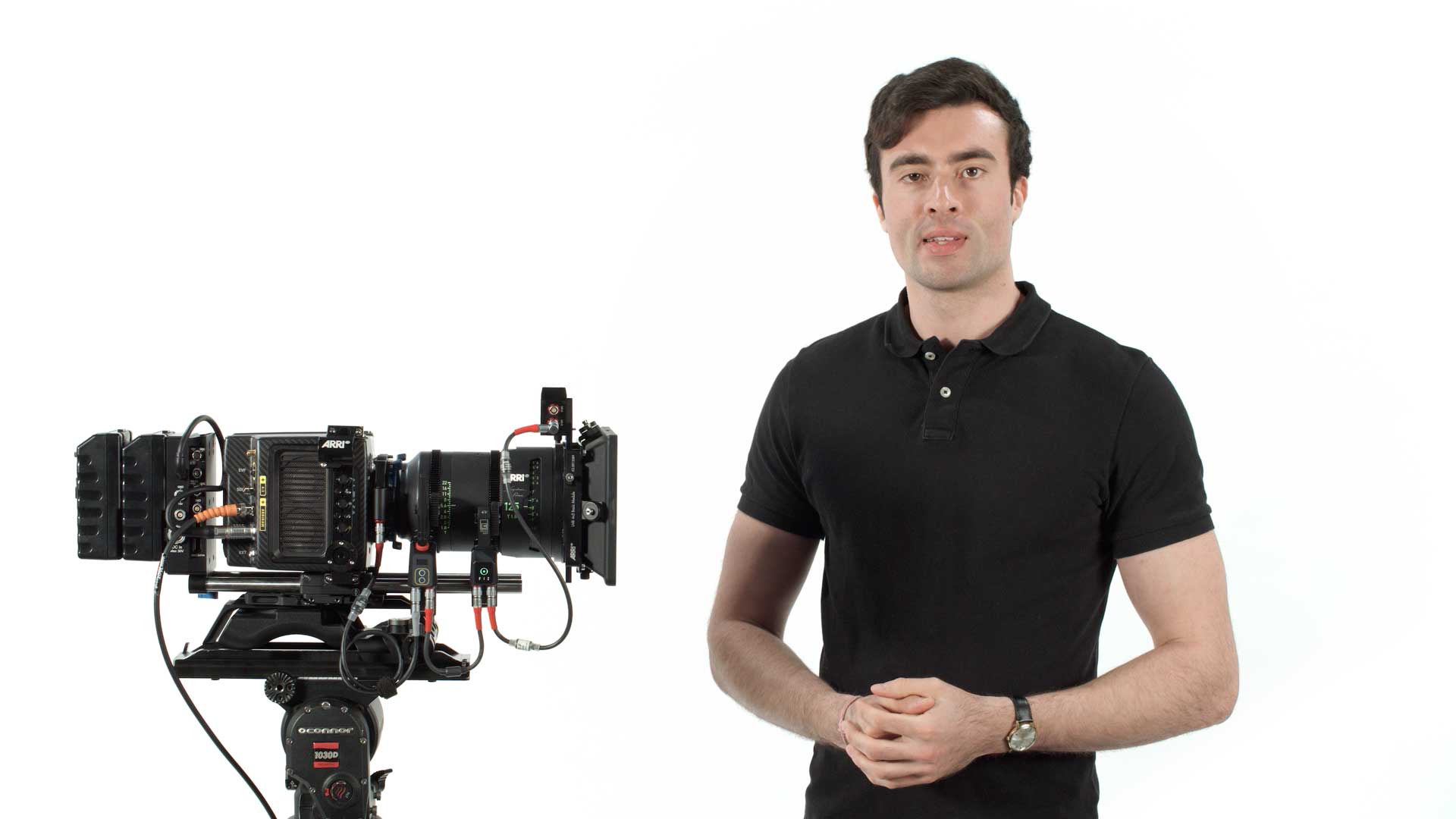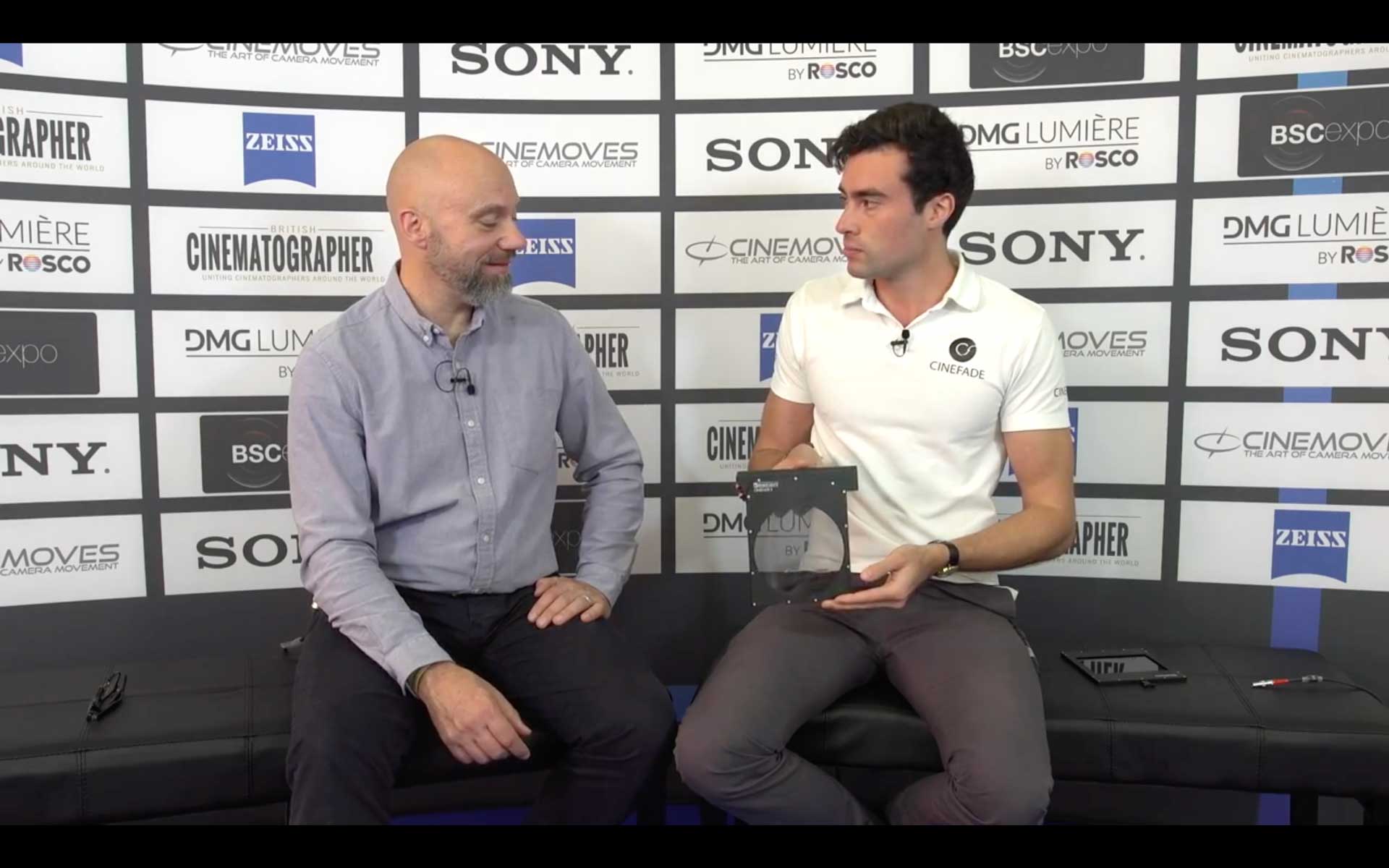When I heard about the Cinefade, I said, "Oh my god, this is a tool that I can actually control exposure with while keeping the iris position where I want it for storytelling purposes", which in my opinion, is really what it's for. The iris position has an enormous effect on how you tell the story because it controls depth of field. I was really excited to use the tool for that reason.
Read MoreDirector Nano Clow and DP Natasha Duursma challenged themselves to a particularly tricky one-take music video shoot. The idea was to shoot a time lapse with the camera taking an exposure once a second during sunrise. Shooting 16mm film on an ARRI 416 camera, one of the challenges was to maintain a constant exposure during the extreme light change at sunrise.
Read MoreShooting on Sony Venice Cameras at 6K 17:9 with the new large format Leitz Prime lenses, the Cinefade enables Director of Photography Balazs Bolygo BSC, HSC to transition from a very shallow depth of field at T1.8 to a deep depth of field at around T8, a Cinefade of more than 4 stops. In the end, two distinct scenes made it into the final cut…
Read MoreCinematographer Shane Hurlbut ASC gives us a behind the scenes look of his newest feature film Tall Girl 2, available to stream on Netflix now. We analyse the Cinefade scenes and get a brief insight into Hurlbut's creative process of using our novel storytelling tool.
Read MoreThe Cinefade variable depth of field effect is known as a creative storytelling tool that is often used as a visual effect to accentuate a particularly dramatic moment. The Cinefade system can however also be used as a practical tool to make the DP’s and AC’s job on set easier.
DP Kevin Fletcher used the Cinefade system on a complicated tracking shot to aid his 1AC in achieving critical focus. Starting on an extreme close-up, the depth of field was kept broad to increase the likelihood of maintaining perfect focus. As the camera tracked backwards to a wide shot, the Cinefade was used to imperceptibly decrease depth of field in order to maintain the shallow depth of field look and communicate the character’s sense of isolation.
Read MoreDavid Finchers neuester Netflix-Film »Mank« ist eine Hommage an »Citizen Kane« und an Gregg Tolands Arbeit mit Tiefenschärfe in diesem Jahrhundertwerk von Orson Welles. Dazu setzt Regisseur Fincher mit seinem Kameramann Erik Messerschmidt das von Oliver Christiansen neue entwickelte System Cinefade ein – und ergänzt damit das visuelle Storytelling um ein revolutionäres, bis anhin ungesehenes kreatives Element.
Read More“We used this tool called the cmotion Cinefade. It’s a motorized variable ND filter that you sync to the iris so we could effectively pull depth of field. It’s quite extreme. You could pull five stops of depth of field. So we could go from a T8 to a 2. That thing kind of lived on the camera. There were times where we’d say, “It’s too much. Let’s look at it at a 5.6.” So you set the iris to a 5.6, the VariND compensates and now you’re looking at the same scene but with less depth of field. So, it was nice to be able to use focus and iris as a storytelling tool instead of just an exposure tool.” - Erik Messerschmidt ASC
Read MorePolarisers are essential on any automotive shoot, allowing the Director of Photography to control reflections on the bodywork and windshield of the ‘hero car’. Automotive productions often use a crane, Russian Arm, Technodolly or car rig to stabilise and move the camera, making the camera inaccessible to the crew. Wireless control of the camera and its accessories is therefore essential and the Cinefade Motorised Polariser enables filmmakers to remotely control a polariser via the cmotion cPro lens control system.
Read MoreDavid wanted to gradually transition from a deep depth of field to a shallow depth of field in one shot to blur the background and isolate the foreground subject. This draws attention to the depth of field effect and communicates to consumers the capabilities of the P10 phone and the artistic value that the feature offers.
Read MoreOur Motorised Polariser can be used independently as a RotaPola that is automatically calibrated, allows users to set marks and can be controlled remotely, which sets it apart from similar products such as the Tiffen Multi Rota Tray or ARRI’s Rota Pola frame.
Read MoreThe cmotion Cinefade VariND is made up of a Motorised Polariser and a Static Polariser which when combined can be used as a motorised variable ND filter that is remotely controlled by a cPRO lens control system to allow for precise and fast exposure changes when the camera is inaccessible or when the creative brief calls for an exact T-stop to maintain a consistent depth-of-field, even in changing lighting conditions.
Read More“Director Jaume Collet-Serra and I wanted a severe depth-of-field shift to accentuate Liam Neeson's experience - something to isolate him from his surrounding world. I was in the process of designing a system when my A-camera first AC, Dave Cozens, came upon Cinefade. It was exactly what we were looking for.”
- Paul Cameron ASC
Read More































